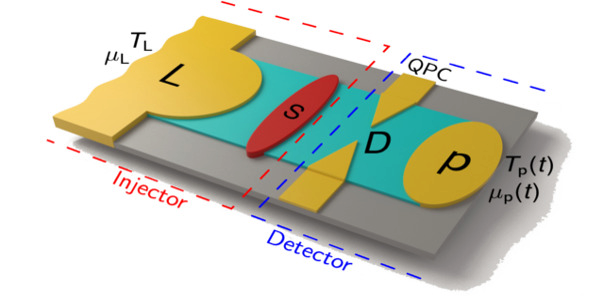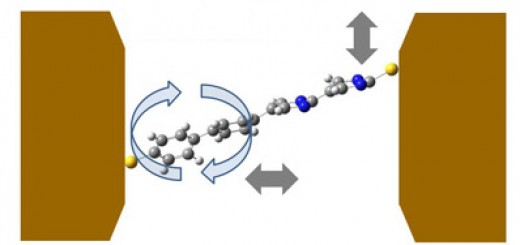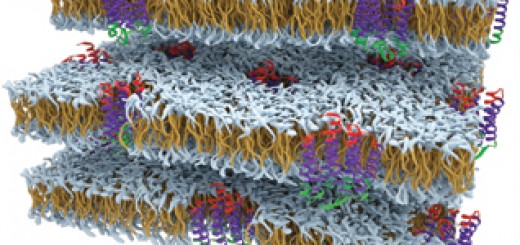Charge and Energy Noise in ac-driven Conductors and their Detection from Frequency-resolved Potential and Temperature Fluctuations
Title: Charge and Energy Noise in ac-driven Conductors and their Detection from Frequency-resolved Potential and Temperature Fluctuations.
When: Tuesday, December 12, (2017), 12:00.
Place: Department of Theoretical Condensed Matter Physics, Faculty of Science, Module 5, Seminar Room (5th Floor).
Speaker: Janine Splettstoesser, Microtechnology and Nanoscience, Applied Quantum Physics Laboratory Department of Microtechnology and Nanoscience, Chalmers University of Technology, Göteborg, Sweden.
The time-dependent driving of nanoscale conductors allows for the controlled creation of single-electron excitations. This effect has been demonstrated experimentally both by application of time-dependent driving to gates coupled to confined systems, such as quantum dots [1], and by specifically shaped ac-driving of two-dimensional conductors [2,3].
However, the spectral properties of the injected signal are in general not known; moreover, the particle emission goes along with the excitation of electron-hole pairs with some unknown energy distribution. These issues can be addressed by studying fluctuations in the detected currents: not only do such fluctuations provide more insight into how to increase the precision of the single-particle emission, but also they allow for obtaining more information about the character of the emitted signal.
Here, I will present a theoretical study of charge and energy currents and their fluctuations in coherent conductors driven by different types of time-periodic bias voltages, based on a scattering matrix approach [4,5]. Specifically, we investigate the role of electron-like and hole-like excitations created by the driving in the charge current noise, where they only contribute separately. In contrast, additional features due to electron-hole correlations appear in the energy noise.
We then compare two different types of driving schemes [6], that is for a driven mesoscopic capacitor [1] as well as for a Lorentzian-shaped bias voltage [3], which do not differ in the number of injected particles, but only in their energetic properties.
Finally, I will discuss proposals for the detection of charge and energy noise, either through power fluctuations [4], or via frequency-dependent temperature and electrochemical-potential fluctuations in a probe reservoir [7].
References
- G. Fève, A. Mahé, J.-M. Berroir, T. Kontos, B. Plaçais, D. C. Glattli, A. Cavanna, B. Etienne, Y. Jin: Science 316, 1169 (2007).
- J. Gabelli and B. Reulet, Phys. Rev. B 87, 075403 (2013).
- J. Dubois, T. Jullien, F. Portier, P. Roche, A. Cavanna, Y. Jin, W. Wegscheider, P. Roulleau, and D. C. Glattli, Nature 502, 659 (2013).
- F. Battista, F. Haupt, and J. Splettstoesser, Phys. Rev. B 90, 085418 (2014).
- F. Battista, F. Haupt, and J. Splettstoesser, J. Phys. Conf. Ser. 568, 052008 (2014).
- N. Dashti, M. Misiorny, P. Samuelsson, and J. Splettstoesser, in preparation.
- N. Dashti, M. Misiorny, P. Samuelsson, and J. Splettstoesser, in preparation.




















